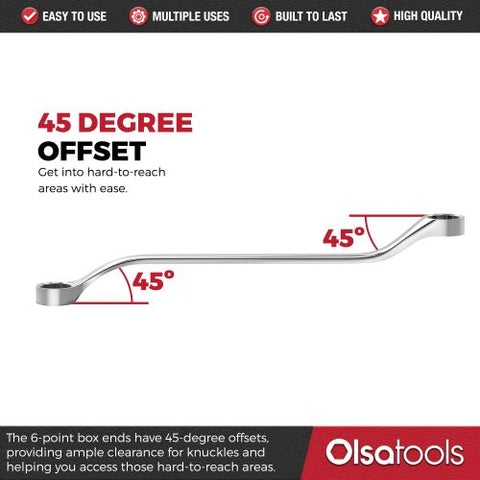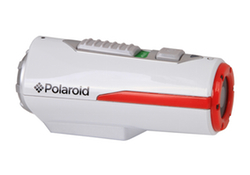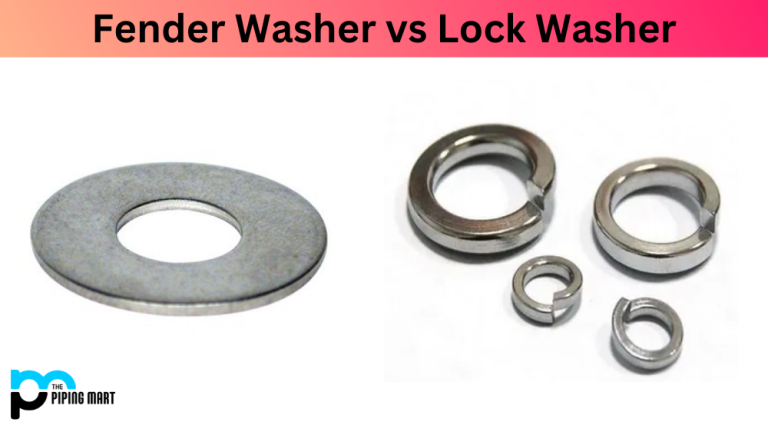How Do Different Types of Excavator Buckets Work?
Excavator buckets are essential attachments that enhance the versatility and efficiency of excavators. Each type of bucket is designed with specific features that allow it to perform particular tasks effectively. Below is an overview of how different types of excavator buckets work:

1. Standard Bucket
- Functionality:
- Designed for general digging and material handling.
- The smooth edge allows for easy penetration into the ground.
- Operation:
- Used for scooping, lifting, and transporting loose materials like soil and gravel.
2. Heavy-Duty Bucket
- Functionality:
- Built to withstand tougher conditions and handle heavy materials.
- Operation:
- Reinforced design enables it to dig through rocky or hard surfaces without bending or breaking.
3. Digging Bucket
- Functionality:
- Features a sharper cutting edge for efficient excavation.
- Operation:
- The wider front allows it to penetrate deeper into the ground, making it ideal for creating deep holes and trenches.
4. Trenching Bucket
- Functionality:
- Specifically designed to create narrow trenches.
- Operation:
- Its elongated shape allows for precise trench digging, essential for utility installations and drainage systems.
5. Grading Bucket
- Functionality:
- Designed for leveling and grading surfaces.
- Operation:
- The flat bottom and straight edges enable the operator to smooth out soil and create an even surface effectively.
6. Rock Bucket
- Functionality:
- Engineered for heavy-duty applications involving rocky terrain.
- Operation:
- Large teeth and a robust structure allow it to dig and move large boulders and rocky materials.
7. Skeleton Bucket
- Functionality:
- Designed to sift through materials while retaining larger items.
- Operation:
- The grid-like structure allows soil and smaller debris to fall through while holding back larger rocks, making it useful for land clearing.
8. Mud Bucket
- Functionality:
- Specifically designed for handling wet and muddy materials.
- Operation:
- Its deeper design allows it to scoop and transport soft materials without spilling.
9. Multi-Tool Bucket
- Functionality:
- Offers versatility with interchangeable attachments.
- Operation:
- Can be adapted for various tasks such as digging, grading, and lifting by swapping out attachments based on project needs.
Summary of How Different Buckets Work
| Bucket Type | Functionality | Operation |
|---|---|---|
| Standard Bucket | General digging and material handling | Scooping and transporting loose materials |
| Heavy-Duty Bucket | Handles tough conditions | Digs through rocky surfaces |
| Digging Bucket | Efficient excavation | Penetrates deeper for holes and trenches |
| Trenching Bucket | Creates narrow trenches | Precise trench digging |
| Grading Bucket | Levels and grades surfaces | Smooths out soil for an even finish |
| Rock Bucket | Heavy-duty for rocky terrain | Digs and moves large boulders |
| Skeleton Bucket | Sifts through materials | Retains larger items while letting soil through |
| Mud Bucket | Handles wet and muddy materials | Scoops and transports soft materials |
| Multi-Tool Bucket | Versatile with various attachments | Adapts for multiple tasks |
Conclusion
Understanding how different types of excavator buckets work is crucial for selecting the right one for your specific projects. Each bucket type has unique functionalities that cater to different material handling and excavation needs. If you have any questions or need further assistance in choosing the right bucket, feel free to ask!




